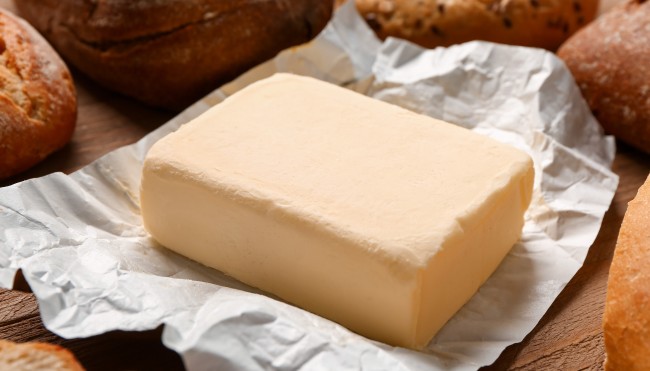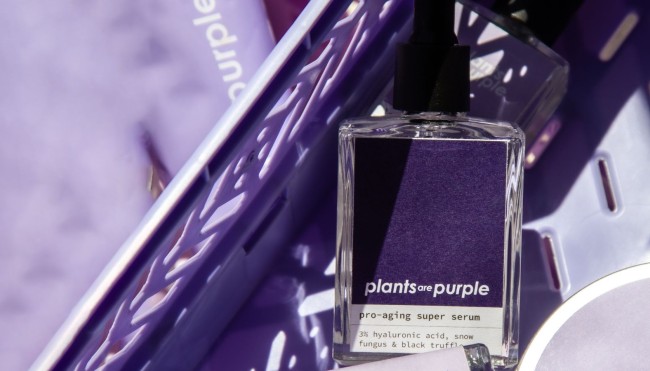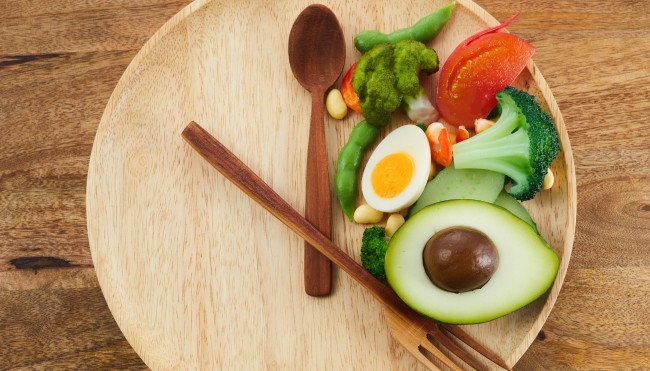What Makes a Salad Unhealthy?
Whether it’s a matter of losing weight, living healthier, shopping more sustainably, or improving the fitness, the salad is the long runner. It’s rich in folic acid and a secondary plant product. Not only that, it can be prepared in a number of ways. But watch out, salads can transform into an unhealthy meal in the blink of an eye.
For some years, salads were the subject of unjust criticism from nutritionists. Because lettuce leaves are 95% water, experts disparaged it as low in nutrients and not especially valuable. Luckily, salads were able to weather the ugly times of this extensive defamation of character.
What we know today: although lettuce leaves admittedly contain fewer vitamins and provitamins than other vegetables, they are rich in secondary plant products, appetite-suppressing bitter compounds, and folic acid. Salads can be healthily combined with lots of vegetables, fruits, nuts, and olive oil.
But, salads can also be prepared unhealthily…
- When you don’t pay attention to the season
Salads that are cultivated and sold outside their season are substantially lower in nutrients than their counterparts harvested on schedule.
- When using pre-made dressings
Pre-made dressings are tremendously convenient. However, most pre-prepared dressings contain preservatives, salt, and sugar in excess, making them unnecessarily high in calories.
- When using salad from a bag
Can pre-packaged salads save on valuable prep time? Maybe, but bagged salads often carry germs that can be dangerous to your health in many ways.
The healthiest approach is to pay close attention to the freshness of the salad, preferably buying regional or organic, and avoiding prepackaged salads and ready-made dressings. Then, even though a salad may not be the most nutritional, it is one of the best things for our bodies.





